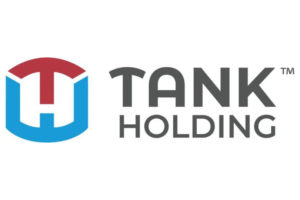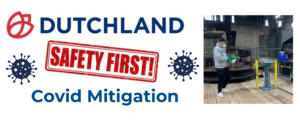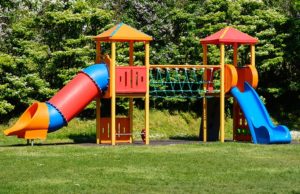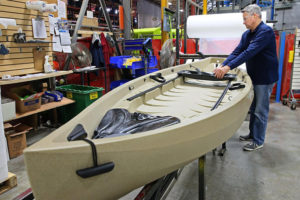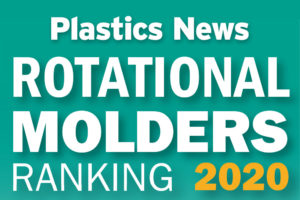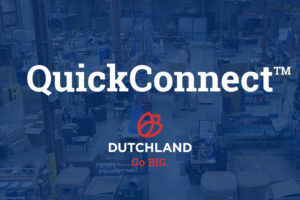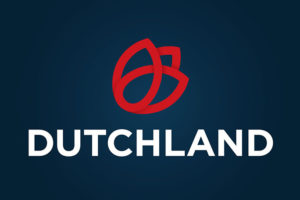At Dutchland, we’re known for our exceptional product quality because of the superior manufacturing process of rotational molding — “rotomolding” for short. For the fabrication of many products, rotational molding is superior to other plastic forming methods, including blow molding, injection molding and thermoforming.
With rotational molding, the mold is rotated to evenly distribute the plastic throughout the interior of the mold. Rotational molding, or rotomolding as it is often called, is ideal for manufacturing a wide range of hollow plastic products, including large, one-piece objects like kayaks and storage tanks. In fact, storage tank capacities of up to 20,000 gallons are possible.
The versatile process is also used to produce complex medical products, toys and point-of-sale products.
Other Fabrication Methods
Let’s take a quick look at competing methods for manufacturing plastic products. Each has an established niche in the plastics industry.
Blow Molding
Blow molding is used in the production of certain hollow plastic parts and plastic bottles. Plastic is melted and formed into a parison – a tube-like piece of plastic. It has a hole in one end which allows compressed air into it. Significant air pressure pushes the plastic out to the walls of the mold. After the part cools and hardens, it is ejected from the mold.
Since the process is capital intensive, high-volume production is essential for profitability. Machines may require substantial floor space.
Injection Molding
Like blow molding, injection molding typically requires high-volume production for maximum efficiency, largely because of significant lead times and high tooling costs. With injection molding, it can be challenging to maintain uniform wall thicknesses, so inconsistencies and weaknesses may appear. Assembly time and expense is a consideration because larger, more complex products must often be fabricated from smaller pieces.
Thermoforming
With traditional thermoforming, a plastic sheet is heated to a pliable temperature and stretched over a mold. It is a continuous, high-speed process which is often used in the production of disposable cups, lids and other containers. Thick-gauge thermoforming is used to manufacture automotive dashboards, refrigerator liners and truck beds.
Advantages of Rotomolding
In general, you’ll find that rotomolding produces parts with greater uniformity, more strength and superior durability than other traditional fabrication methods.
Quick, Efficient Production
Rotomolding typically requires less tooling and lead time. This makes the process ideal when you require short runs and rush deliveries. It is often possible to switch colors without purging molds, and this also speeds production. When volume production is necessary, it is possible to quickly fabricate large numbers of the lower-cost aluminum molds.
Strength and Durability
The rotational process eliminates the stress points common with other fabrication methods. As a result, corners are often stronger and more consistent. It is possible to add reinforced ribs to a design to increase strength while reducing material costs. Consistent wall thickness is easier to achieve, allowing for thinner wall specs that cut material costs and reduce production time.
Fewer Parts
Rotomolding makes it possible to fabricate more intricate, complex designs. It is possible to produce products with fewer parts, which cuts costs. It is also possible to add metal threads and internal pipes to the mold before the molding process begins.
Mold-In Graphics
It is possible to mold your dynamic graphics and information right into the product. The use of bold, molded-in graphics promotes your brand. Serial numbers, bar codes and other information can also be molded right into the product, eliminating the need for labels which may deteriorate over time. Also, the rotational cast process will readily reproduce any texture present in the mold.
Sustainability
Rotational molding works well with polyethylene, a commonly recycled plastic. At the end of the product’s life cycle, polyethylene is ground into pellets to produce new products. Also, waste is minimal with rotomolding. Unlike other processes, it does not leave runners, sprues or pinched off scrap.
Dutchland Plastics is a leading North American manufacturer of custom plastic products. We would welcome the opportunity to demonstrate how rotational molding can enhance your final product, improve delivery times and contribute to your bottom line. Please contact us for prompt, friendly and professional assistance.


